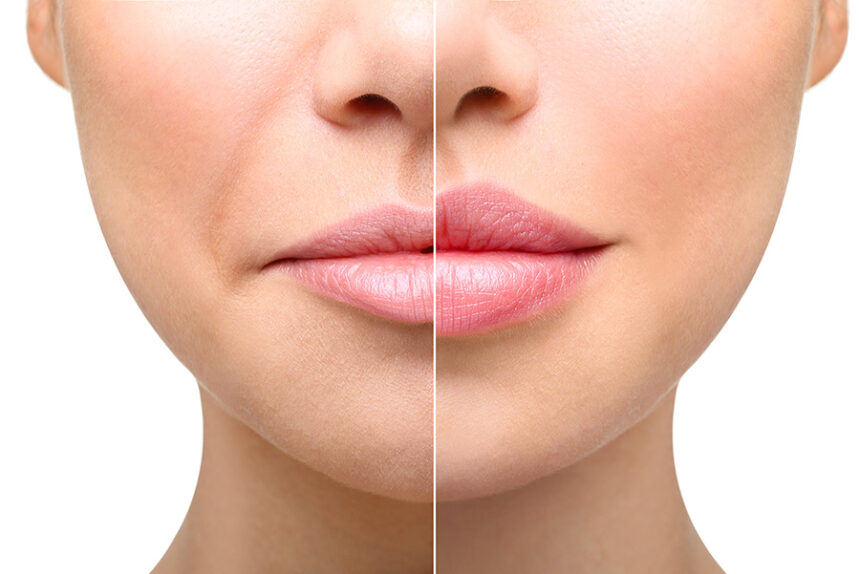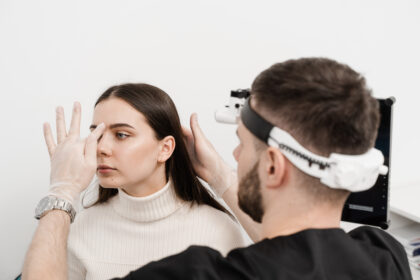Dermal fillers have become a go-to solution for individuals seeking to restore volume, smooth wrinkles, and refine facial contours without undergoing surgery. But while the immediate results are often impressive, many people wonder what these treatments mean for their skin in the long run. Familiarizing yourself with the long-term effects of fillers is key to making informed choices about your aesthetic journey.
How Dermal Fillers Work
Dermal fillers are injectable substances designed to add volume and hydration to specific areas of the skin. Common materials used include hyaluronic acid and calcium hydroxylapatite. Each material interacts differently with the body, with some naturally breaking down faster than others.
When fillers are injected, they temporarily improve the skin’s appearance by restoring volume and minimizing the appearance of fine lines or folds. Over time, the body absorbs the filler material, necessitating maintenance treatments to sustain the results. The time required for this process depends on the type of filler used, with some lasting several years and others requiring touch-ups within months.
Potential Long-Term Effects
The longevity and effects of dermal fillers can vary depending on individual factors, such as skin type, lifestyle, and the area being treated. Here are several aspects to contemplate when exploring their long-term impact:
- Gradual Changes in Skin Texture: With repeated filler treatments, some individuals may notice subtle changes in skin texture. This can occur as the repeated injections stimulate collagen production, which helps maintain skin elasticity. While collagen stimulation can be viewed positively, some cases might see minor irregularities in skin smoothness.
- Volume Maintenance and Redistribution: Consistent filler use can influence how volume appears on the face. Areas treated may retain subtle enhancements even after the filler material has been absorbed. Without extra treatments, natural aging processes may continue to progress and affect the overall facial contour.
- Prolonged Skin Hydration: Fillers based on hyaluronic acid attract and retain water, contributing to enhanced skin hydration. This long-lasting effect may lead to healthier-looking skin over time, even as the filler material diminishes. The hydrating properties are particularly helpful in areas prone to dryness, such as under the eyes and around the lips.
- Rare Complications: Although rare, prolonged use may result in certain adverse outcomes that require attention. This may include the formation of small lumps, visible filler migration, or skin discoloration at the injection site. These occurrences can often be managed with professional care and proper injection techniques.
Understanding these points is key when deciding how dermal fillers align with your long-term aesthetic goals.
Key Influential Factors
Several factors influence how dermal fillers perform over time. The expertise of the injector is key to enabling proper placement and preventing overuse. Regular evaluations will help make sure that treatments are balanced and aligned with natural facial proportions. Lifestyle habits, including sun protection and skincare routines, play a significant role in prolonging the benefits of fillers. Choosing high-quality fillers and adhering to recommended follow-up schedules can optimize the long-term appearance and health of treated areas.
Schedule a Dermal Fillers Evaluation Today
Fillers provide a flexible option for enhancing your appearance without surgery. To promote optimal results and minimize potential concerns, it is helpful to have a tailored evaluation with a qualified professional. Schedule your dermal fillers evaluation to address questions, explore suitable options, and establish an individualized treatment plan.









